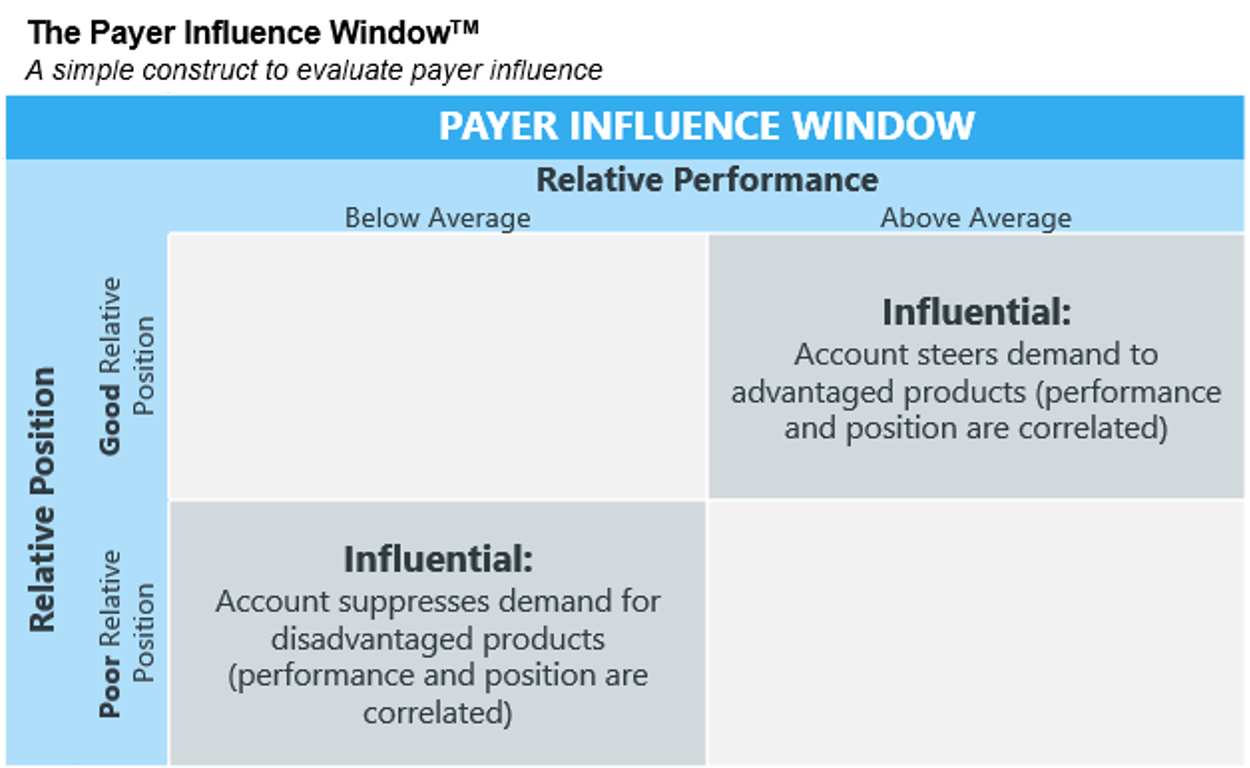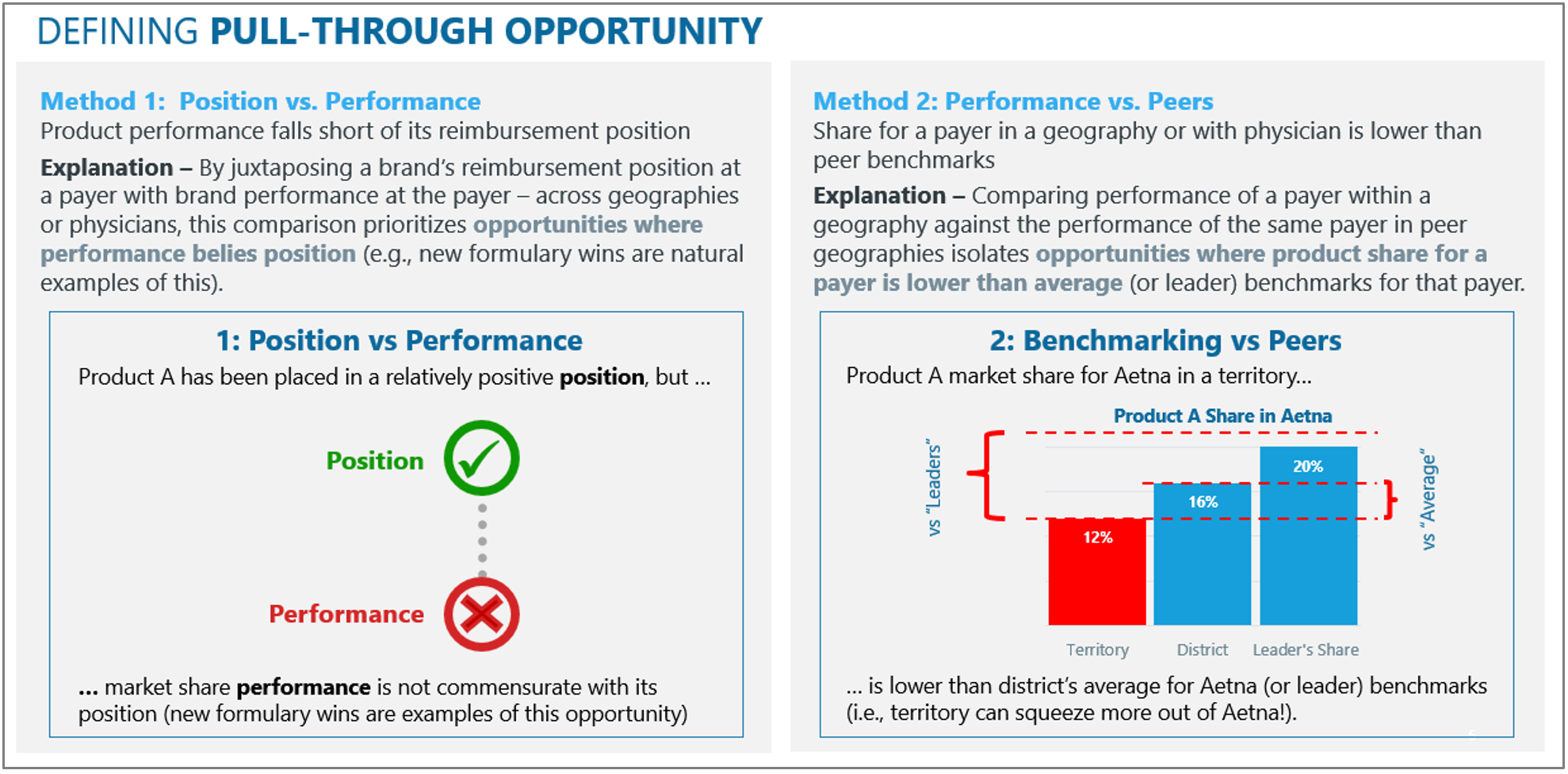Foundational Questions in Data Reporting, Analytics to Meet Reimbursement-Directed Marketing Goals
Measuring the relationship between a product’s reimbursement position and performance begins with gathering key data points for as many products as possible.
Image credit: tadamichi | stock.adobe.com

Given the importance of reimbursement to any pharmaceutical brand, comprehensive reporting and analytics must be available for any brand to meet the two goals of reimbursement-directed marketing:
- Gain or maintain reimbursement positions that enable achievement of brand’s objectives.
- Maximize sales – given achieved reimbursement positions (e.g., pull through).
This article reviews a structural approach to guide development of the analytics and related reporting that may assist brands in meeting the above two goals. The approach, summarized in the graphic below, recommends aggregation and use of data from numerous internal and external sources to inform answers to six foundational questions related to brand reimbursement.
Figure 1. Reimbursement Related Reporting

Organized along each of the above questions, the remainder of this article introduces an approach to answer each of the above questions through analytics and reporting.
Question 1. Position and Performance: What is the relationship between product reimbursement position and performance across potential customers?
Measuring the relationship between a product’s reimbursement position and performance at a customer begins with gathering the following two data points for as many products as possible.1
Reimbursement position of the product at the customer relative to competitive alternatives
Reimbursement position should reflect how a customer applies patient cost and/or prescribing obstacles to the product relative to the costs and obstacles assigned to competitive, or alternative, agents.
Relative product performance at the customer
Relative product performance should be a comparison of the product’s performance (e.g., market share at the customer) – compared with the product’s typical market share outside of the customer.2
Locating where products fall on these two metrics within a 2 x 2 grid called the Payer Influence Window can inform an understanding of the relationship between product position and performance at a customer.
Figure 2. Payer Influence Window

The more products falling into the “influential” quadrants in the window, the more consistently the customer steers prescribing towards preferred agents, and away from those less preferred. Quantifying the relationship between position and performance can inform other foundational questions such as account prioritization, discussed next.
Question 2. Prioritization: Which organized customers are most deserving of attention?
A systematic effort to prioritize customers can ensure that brand resources—both human and financial—are directed toward those customers with the greatest potential to impact brand success. A customer’s potential to impact brand success is more than just a function of the number of enrollees or class prescriptions represented by the customer.
Potential impact on brand success should be based on the number of prescriptions or revenue that a customer may steer to, or away from, a brand via application of differential patient out-of-pocket costs or prescribing obstacles.
A metric called “revenue in play”3 considers three variables to estimate this revenue and, importantly, whether the customer’s decisions may be steered by the manufacturer. These metrics are:
- Customer size/contribution, which is total customer enrollment—translated into class Rxs paid/processed by the account—and then converted into potential brand revenue available through the account.
- Customer influence, which measures the degree to which the customer can/does assign patient out-of-pocket costs or prescribing hurdles that either suppress or spur prescribing of specific products.
- Manufacturer influence, or the extent to which the manufacturer may influence customer decisions on obstacles assigned to a product.
When considered together, these variables inform customer prioritization. Certainly, various nuances add complexity to measuring the variables above. However, a commitment to consider all three together to estimate “revenue in play” is useful in prioritizing a customer based on its potential to affect brand success.
Question 3. Measuring Performance: Is the customer sufficiently contributing to brand objectives? Why or why not?
The intent of performance measurement is not to determine winners or losers or to populate slides for a quarterly business report. Performance measurement must propel brand success via a benchmarking processthat isolates the reasons why certain customers may be performing well while others may not.
The isolated reasons driving performance—whether good or bad—can then become emulative or corrective opportunities. Fundamentally, results of performance measurement should be a primary input into customer planning, strategy development, and tactical execution.
Organizing performance measurement
There are two essential components of performance measurement necessary to stimulate strategy development and planning:
- Quantifying performance (and its impact) informs the level of urgency and effort related to correction (e.g., the greater the negative impact of performance, the greater should be the focus on reparative action). This component answers:
- What percentage of brand revenue does (should) the component contribute?
- How is the brand performing at the customer? Is performance at the customer sufficient to support the brand’s objectives?
- What is the impact of current performance—i.e., what is the positive or negative revenue impact that customer performance is having on brand revenue?
- Explaining performance informs the target toward which corrective activities are focused. This component answers questions such as:
- Is lack of demand, rejections, abandonment, or another factor suppressing performance?
- Which competitors are compromising product performance, and why?
- What is the reimbursement position at the customer and does that explain performance?
- Which territories or subcomponents (e.g., IDN, medical group, key HCPs) are supporting/compromising performance?
Question 4. Performance Return: Are investing in customers yielding a favorable return?
Given the size of rebates often paid to payers, it is imperative that analytics and reporting seek to understand what is gained from them. When evaluating gain from contracts, data and reporting need to inform answers to these three key questions—compared with answers when the brand is in a non-contracted position.
Compared with a non-contracted alternative…
- Are the costs the payer assigned to the contracted product lower (are patient OOP costs lower, or are obstacles less burdensome)?
- Are the filled prescriptions greater (was there a positive inflection in performance from the start of the contract)?
- Does the net revenue exceed the rebate investment (has the investment yielded a positive return on investment, or ROI)?
Each of the first two criteria support the third—a positive return on investment (ROI).4 ROI measures the efficiency of an investment and enables comparison against other types of investment.
Question 5. Pull-Through: Where are the greatest opportunities to improve net sales?
At its core, pull-through includes all efforts to drive incremental revenue when a brand’s performance at a payer falls short of its reimbursement position. Any improvement in reimbursement position—a new formulary position, for example—can immediately be classified as a pull-through opportunity, as performance falls short of the improved reimbursement position.
Analytics to prioritize pull-through opportunity must isolate instances in which the prescribing shortfall is greatest. Performance shortfall is the revenue value of the difference between actual performance and performance that is more consistent with the brand’s reimbursement position. As seen in the graphic below, there are two analytical methods useful in isolating pull-through opportunities.
Figure 3. Pull-Through Opportunity

Question 6. Financials: How are sales and revenue deductions tracking against forecast? What explains the changes and differences?
Most of the components of this essential exploration are too complex to review in this brief. At its core, however, analytics and reporting must meet two imperatives under this question.
1. Quantify how the brand’s revenue and gross-to-net (GTN) forecast is likely to change due to changes in reimbursement.
Changes in a brand’s reimbursement position—especially those made by a large payer or pharmacy benefit manager—may have a considerable impact on brand revenue. Therefore, a brand’s gross sales forecast should reflect the impact on revenue of changes in reimbursement expected during the forecast period.
The brand forecast, for example, should reflect the revenue impact of an expected downgrade in formulary position at a large payer. The impact of all expected changes in reimbursement should be aggregated and applied to the gross and net revenue and revenue deduction forecast.
2. Explain drivers of changes in revenue deductions.
From year to year, revenue deductions associated with rebates will likely decline or increase. Analytics must explore what drives these fluctuations—especially when the change results in a departure from a forecast.
Analytics may isolate which customers are responsible for the change. Analytics may also explain the reasons for the change by assigning the driver into one of the following categories at left in the graphic below. A waterfall chart like that at right can be applied to show how revenue deductions change over time.
Figure 4. Categories of Changes in Revenue Deductions.

Conclusion
Achieving the primary goals of payer-based marketing requires comprehensive use of data. This article previews a process to organize the analytics and reporting to gain reimbursement positions that maximize net sales and to enable the brand to drive sales given those positions.
About the Authors
Bill Barr, Carl Hart, and Zack Blacker, are all principals at Acuitas Analytics, a consultancy centered on payer-focused data management, reporting, and market access.
Footnotes
- Of course, these data points need to be available on the focus product, as well as for other products within the class and, ideally, for products in other classes that may treat the same or similar condition as the focus product. Also, quantifying how payers may steer prescribing to generic agents is particularly helpful in this analysis.
- For national customers, the product market share “outside the customer” can be the product’s national share for the customer’s segment. For regional customers, an “outside the customer” performance measure should be a local measure.
- Simplistically, revenue in play reflects the difference in gross sales – across all potential customers in the market – that the brand may achieve if the product is placed in a favorable versus an unfavorable reimbursement position.
- To calculate ROI, the incremental benefit or net return of an investment is divided by the cost of the investment. ROI is expressed as a percentage or a ratio (e.g., a net ROI of .6).
Trump: 'Major Tariff' on Pharmaceuticals Coming Soon
Published: April 9th 2025 | Updated: April 9th 2025“We’re going to tariff our pharmaceuticals, and once we do that, they are going to come rushing back into our country," President Donald J. Trump said during a Tuesday night dinner in Washington.